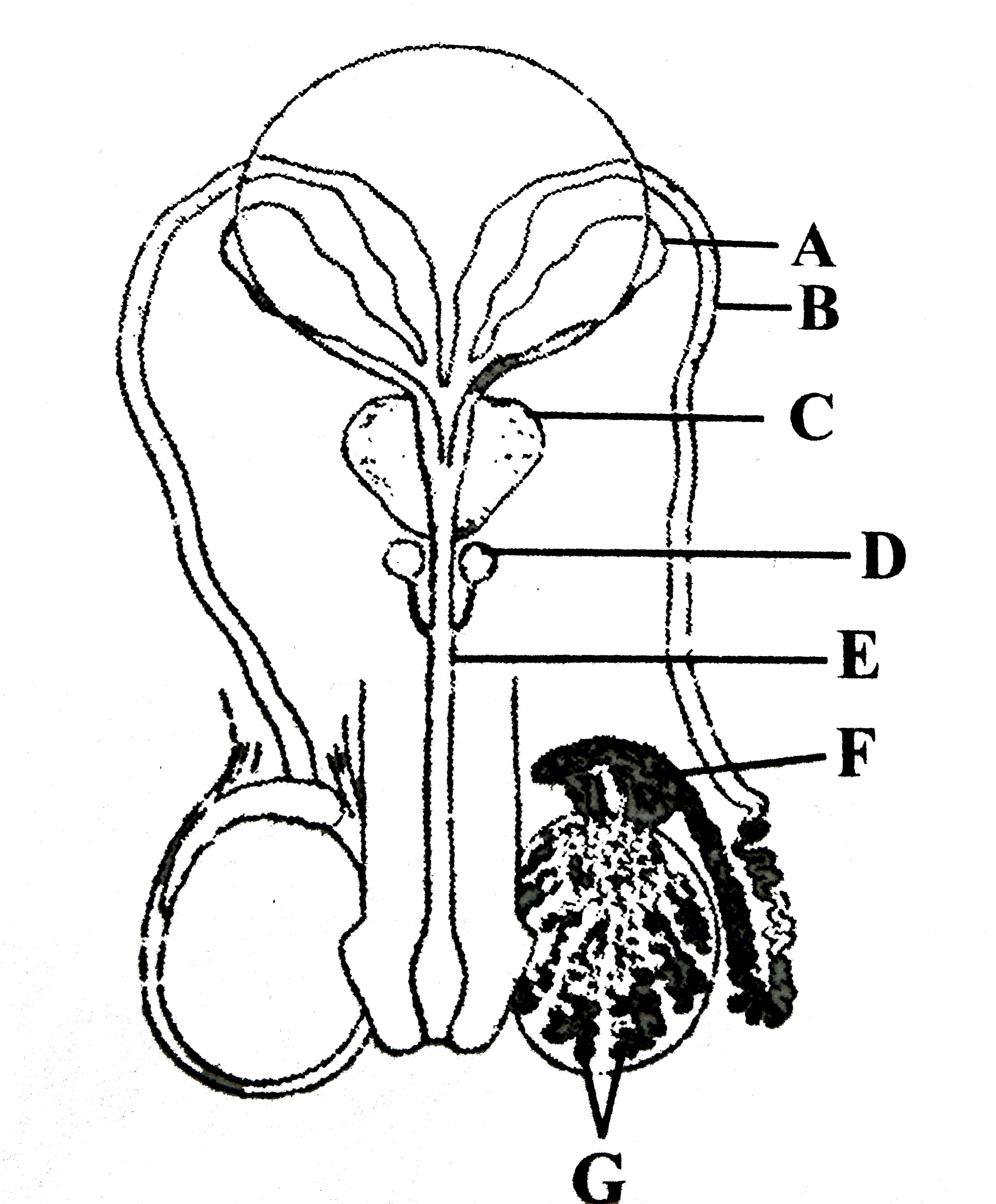List the different parts of the human oviduct through which the ovum travels till it meets the sperm for fertilization.
To answer the question regarding the different parts of the human oviduct through which the ovum travels until it meets the sperm for fertilization, we can outline the following steps:
1. Understanding the Oviduct: The human oviduct, also known as the fallopian tube, is a pair of tubes that connect the ovaries to the uterus. Each oviduct is approximately 10-12 cm in length.
2. Parts of the Oviduct: The oviduct can be divided into three main parts:
- Infundibulum: This is the enlarged, funnel-shaped part of the oviduct that is closest to the ovary. It has finger-like projections called fimbriae that help in collecting the ovum (egg) released from the ovary during ovulation.
- Ampulla: Following the infundibulum, the ampulla is the wider section of the oviduct. This is where the ovum travels after being collected by the fimbriae.
- Isthmus: This is the narrowest part of the oviduct, located closest to the uterus. The junction between the ampulla and isthmus is significant because fertilization typically occurs here when sperm meets the ovum.
3. Pathway of the Ovum: After ovulation, the ovum is collected by the fimbriae of the infundibulum, then it travels through the ampulla, and finally reaches the isthmus. If sperm are present at the ampullary-isthmic junction at the right time, fertilization can occur.
Summary of the Parts:
- Infundibulum: The part closest to the ovary, with fimbriae to collect the ovum.
- Ampulla: The wider section where the ovum travels after collection.
- Isthmus: The narrowest section, closest to the uterus, where fertilization occurs.
- Infundibulum: This is the enlarged, funnel-shaped part of the oviduct that is closest to the ovary. It has finger-like projections called fimbriae that help in collecting the ovum (egg) released from the ovary during ovulation.
- Ampulla: Following the infundibulum, the ampulla is the wider section of the oviduct. This is where the ovum travels after being collected by the fimbriae.
- Isthmus: This is the narrowest part of the oviduct, located closest to the uterus. The junction between the ampulla and isthmus is significant because fertilization typically occurs here when sperm meets the ovum.
- Infundibulum: The part closest to the ovary, with fimbriae to collect the ovum.
- Ampulla: The wider section where the ovum travels after collection.
- Isthmus: The narrowest section, closest to the uterus, where fertilization occurs.
Topper's Solved these Questions
- XII BOARDSBOOK - XII BOARD PREVIOUS YEAR PAPER ENGLISHCHAPTER - XII BOARDSEXERCISE - Delhi Board : Set II Section - A
1 Videos
- XII BOARDSBOOK - XII BOARD PREVIOUS YEAR PAPER ENGLISHCHAPTER - XII BOARDSEXERCISE - Delhi Board : Set II Section - B
3 Videos
- XII BOARDSBOOK - XII BOARD PREVIOUS YEAR PAPER ENGLISHCHAPTER - XII BOARDSEXERCISE - Section- A
18 Videos
- SAMPLE PAPER 2019BOOK - XII BOARD PREVIOUS YEAR PAPER ENGLISHCHAPTER - SAMPLE PAPER 2019EXERCISE - Section E Part B
3 Videos
Similar Questions
Knowledge Check
Match each function below with the associated part or parts of the human male reproductive system shown in the figure.

(i) Produces sperm
(ii) Conducts the sperm through the penis to the outside of the body
(iii) Produces seminal fluid
(iv) Connects the epididymis with the urethraA(i)-G, (ii)-E, (iii)-A, C, D, (iv)-BB(i)−A,B,(ii)−E,(iii)−C,D,(iv)-GC(i)-G, (ii)-F, (iii)-A, B, C, (iv)-ED(i)−F,(ii)−E,(iii)−A,B,D,(iv)-C
Which event ensures that only one sperm can fertilize an ovum ?
View Solution(a) Draw a diagram of the adult human female reproductive system and label the different :
(i) parts of fallopian tube (ii) layers of uterus wall
(b) Explain the events during fertilization of an ovum in humans.
View SolutionThe last part of the oviduct which has a narrow lumen and joins the uterus is
View SolutionWhich of the following is last part of the oviduct which has narrow lumen and joins with the uterus ?
View SolutionWhich part of the human brain is the most developed ?
View SolutionIn the human female, fertilization of the ovum takes place in
View SolutionWhich part of sperm produce energy for the movement of tail ?
View Solution
